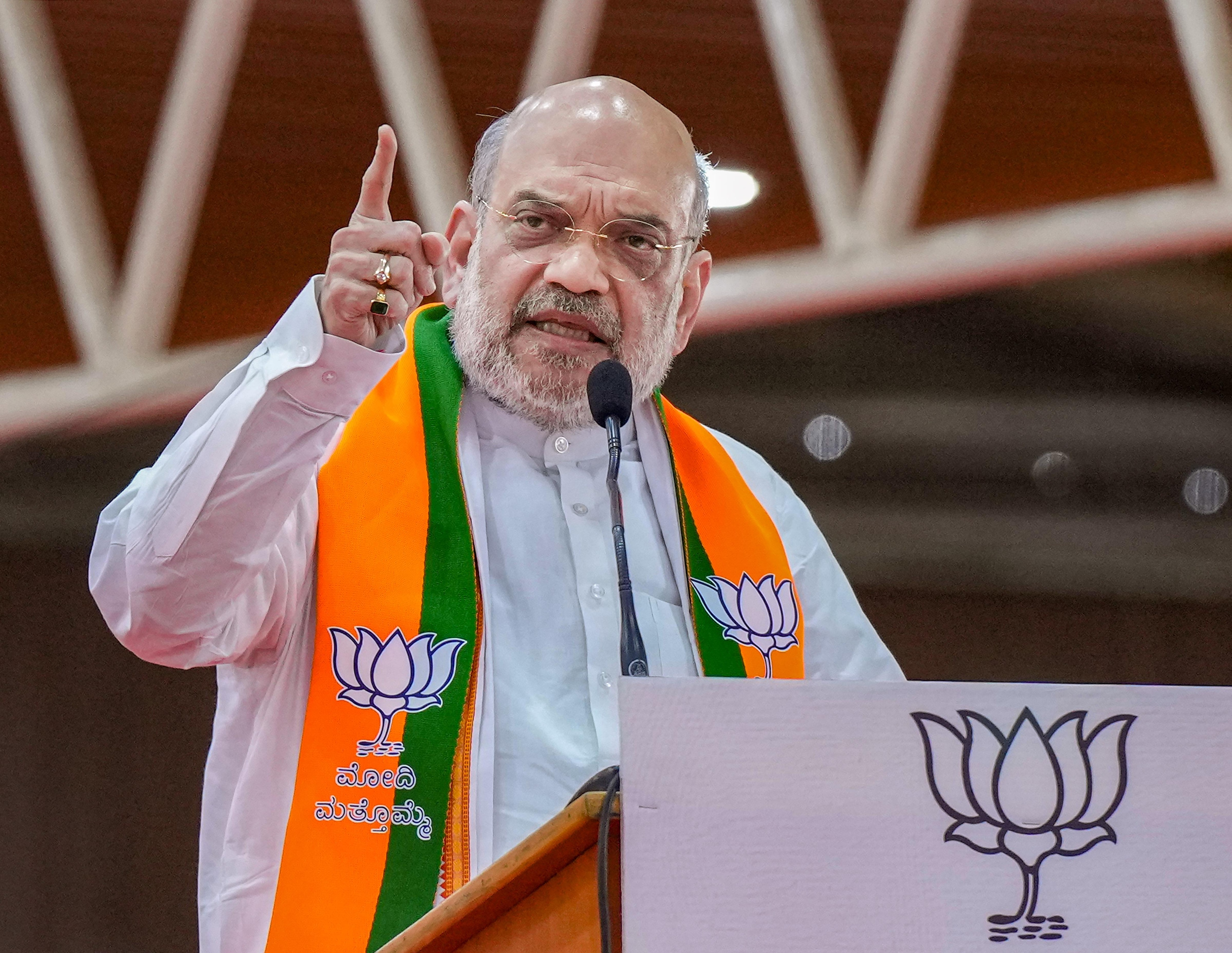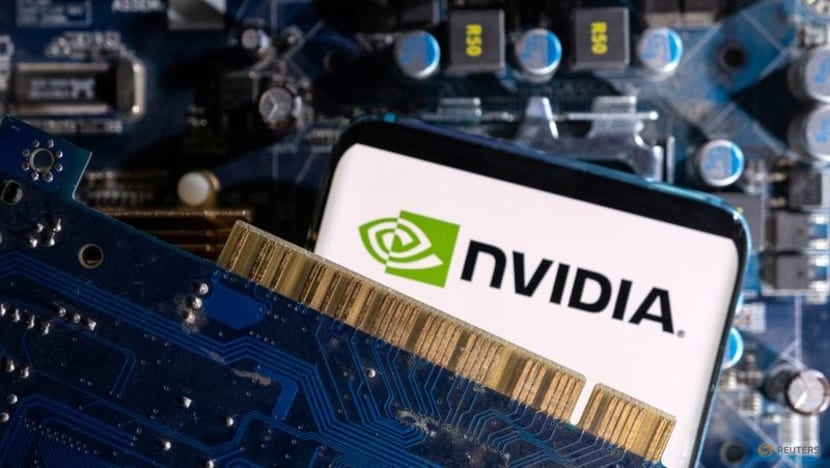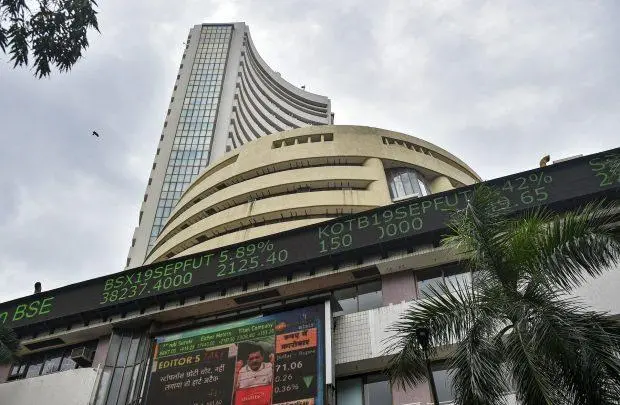Markets
Century Real Estate records 68 per cent growth in residential business in 2021; aims for crossing INR 1,000 crore residential sales by 2023

The Daily Guardian is now on Telegram. Click here to join our channel (@thedailyguardian) and stay updated with the latest headlines.
For the latest news Download The Daily Guardian App.
Politics
Amit Shah foresees stock market surge post PM Modi’s June 4th victory
Markets
Nvidia nears all-time high on AI spending surge
Markets
Indian Stock Markets outshine Gold and FDs in returns: FY24
Markets
Sensex Sheds 700 Points in Widespread Sell-Off, Nifty Falls
Banking & Finance
Market Capitalisation of top 6 firms surges by Rs 1.30 trillion; SBI, ICICI Bank lead gains
Markets
Indian Stock Market Up for Four Days Straight, Sensex Nears 74,000
-

 Opinion2 years ago
Opinion2 years agoPakistan-China nexus trying to sow doubts in Indian society about governance systems
-

 Fashion7 years ago
Fashion7 years agoThese ’90s fashion trends are making a comeback in 2017
-

 Entertainment7 years ago
Entertainment7 years agoThe old and New Edition cast comes together to perform
-

 Entertainment7 years ago
Entertainment7 years agoThe final 6 ‘Game of Thrones’ episodes might feel like a full season
-

 Opinion2 years ago
Opinion2 years agoEnvironment day with a missing spring and lost souls
-

 Business News2 years ago
Business News2 years agoIndia Becomes World’s 5th Biggest Economy
-

 Policy&Politics2 years ago
Policy&Politics2 years agoA successful SME must understand his 5 wives
-

 Business News2 years ago
Business News2 years ago‘75K STARTUPS DEFINE THE POWER OF INNOVATION’










